
We all love a good samurai story. As much as the reality of samurai is a uniquely Japanese concept, the general idea of samurai has permeated pop cultures around the world. From cyberpunk keyboard warriors and street samurai to fighting games and misunderstandings of bushido, we’ve romanticized the samurai over and over. But for those of us who’ve dug a bit deeper, watching ‘50s and ‘60s samurai movies by the likes of Akira Kurosawa and reading vintage manga like Lone Wolf and Cub (no, Ogami Itto wasn’t a samurai…let it go) has given us an overall feel of what the reality of being a samurai might have been like. Sure, they’re still romanticized but movies like Seven Samurai make compelling narratives.
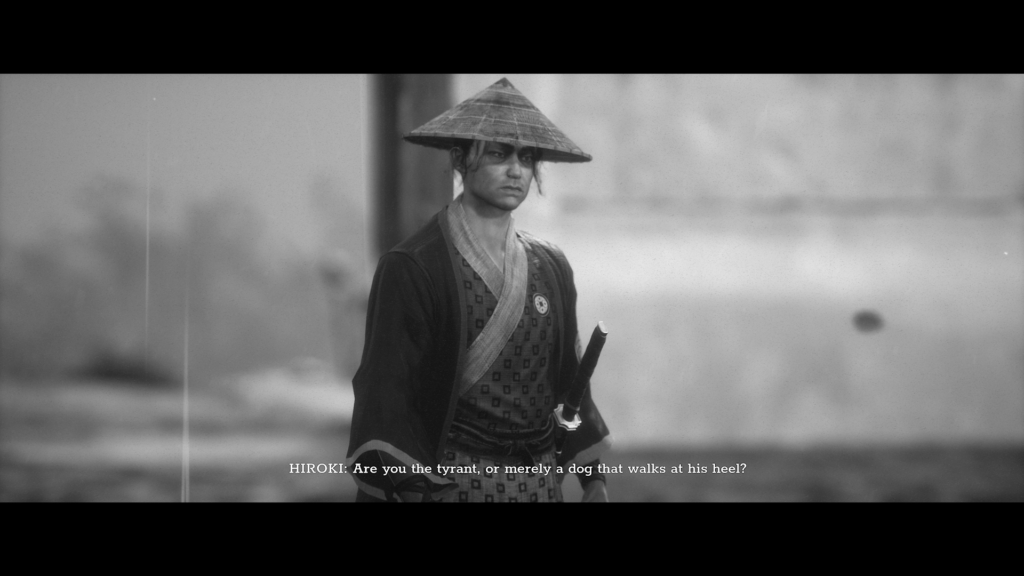
Enter Trek To Yomi, an indie samurai game from Leonard Menchiari and Flying Wild Hog. Published by Devolver Digital, Yomi is a deep dive into both the 1950s style of samurai cinema and historically accurate representation of Edo era Japanese lifestyle and culture. In addition to the detailed setting, a complex representation of Japanese religion and mythology fleshes out the game’s setting and plot, resulting in an incredibly authentic experience.

Trek To Yomi follows the life of Hiroki, a young man adopted by a samurai-turned-sensei and brought up under the code of samurai. The game begins with Hiroki’s training and rapidly shifts into a much more intense and serious story, pulling no punches. The ultra-realism in Trek To Yomi is breathtaking and the cinema cut scenes are all the more realistic for being in black and white.
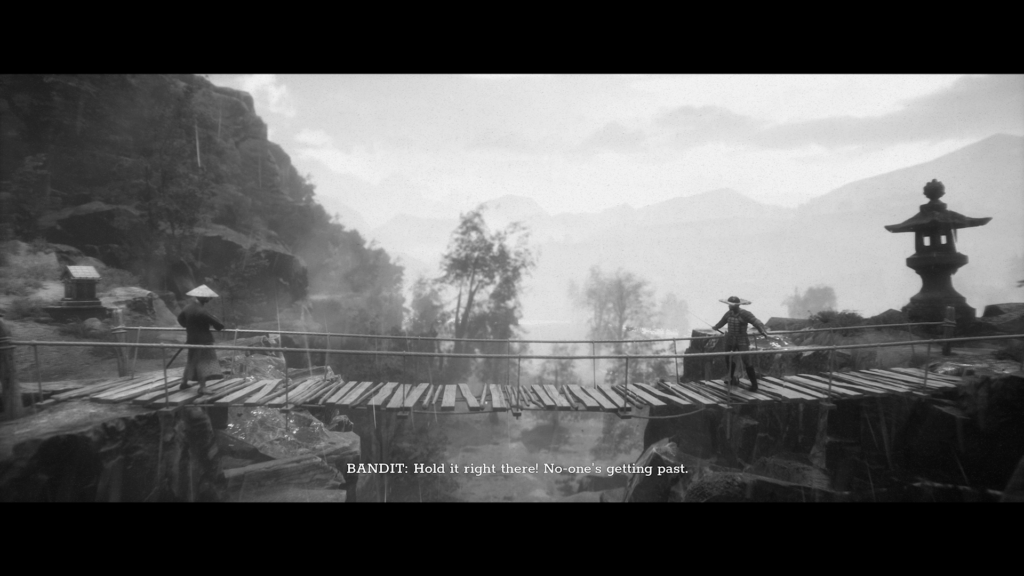
There’s no chance in hell (yes, irony) that we’re going to spoil the utterly outstanding plot of Trek To Yomi with more detail than that. And you’re not just here to listen to script praise either. You want to know how Trek To Yomi plays. Turns out, it plays spectacularly, but there’s also more than a bit of deception in that statement. Yomi is a 2.5D sidescrolling action game at its heart. You move in a two dimensional plane most of the time and all combat takes place that way, but exploration allows you to move in three dimensions in preset areas to find hidden items and alternate pathways. This is definitely not an open world game and you’re certainly not going to be spamming the save either with one-use save points.
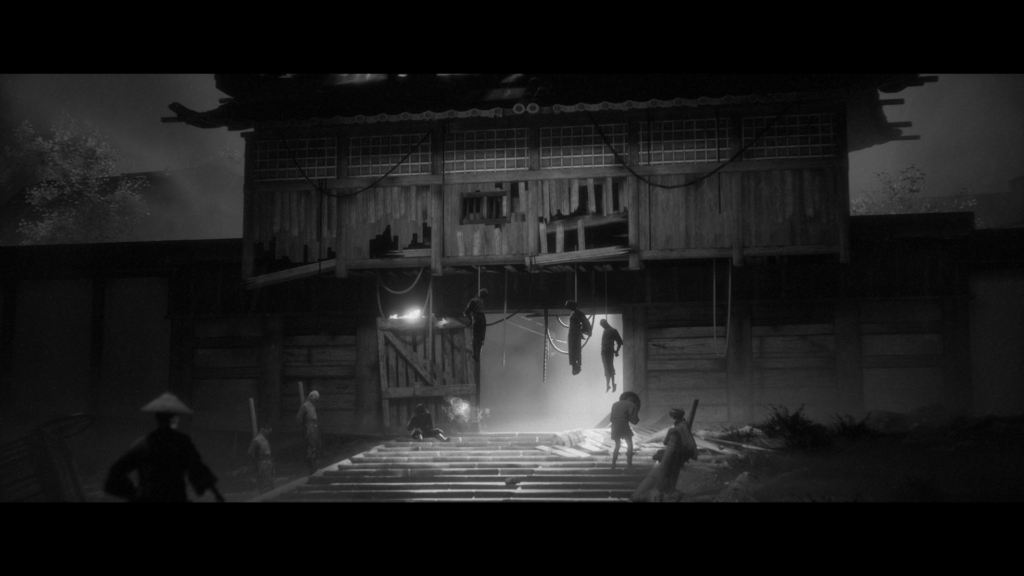
Combat consists of sword fighting. Shocking, right? But it’s the simplicity of the fights that’s the most interesting. You have a strong and weak attack to start with and each can be swung straight, down, or up, allowing you to direct your sword to weaker areas on an opponent. You can also dodge by rolling, block, run forward, and edge backwards. Everything seems pretty straightforward. The beginning of the game requires you to master each movement in order to succeed and for the most part, that’s pretty easy. Block attacks, parry and riposte, dance backward then rush forward to attack. It’s all pretty standard. But where Yomi really shines is in its long game.

That’s not a particularly long long game though, as the entirety of the game will only take you around 5-8 hours depending on your skill level and difficulty settings (some of us suck so…longer). As you play you learn new moves and it’s a gradual process rather than a quick progression. Just when you’ve got the hang of a few moves, you end up with more. Then you end up with new enemies and are forced to use those new moves. As you do, you gain weapons like Bo-Shuriken, a bow and arrow, and even a black-powder O-zutsu (great cylinder) which drops stronger enemies in one shot but loads incredibly slowly. As the game builds in complexity, the story accompanying your journey does as well, becoming both epic and disturbing and making you thankful more than a few times that the game is in black and white.

Between the combat, plentiful special moves, and weapon options, you might think there wouldn’t be more to Trek To Yomi but you’d be wrong. There are also environmental traps you can trigger if you explore in the right directions, allowing you to eliminate whole groups of enemies at once and easing your passage. Since there is no experience, there’s no reason not to do this and the trap sequences are all quite well-done and entertaining. There are even a few puzzles tucked into Yomi here and there, but by and large these feel a bit tacked on in comparison to the rest of the gameplay. Collectibles also make an appearance, providing even more cultural information about Edo-era Japan and requiring an eye for detail to find in all the hidden nooks and crannies of each level.

Between the realistic screams of the wounded and dying, the violence and abruptness of the carefully constructed combat, and the unique and historically accurate visual designs of Trek To Yomi, it’s hard to decide what to focus on. The combat intensity is almost stressful on Bushido (normal) mode and it’s hard to imagine any but the most steely-eyed veterans wanting to play Kensei (expert) mode which unlocks after game completion and features an incredibly realistic one hit / one kill design. This is a game that rewards patience and dedication and picking up a controller to casually cut down a few enemies and bull your way through the game is not going to be an effective approach on any but the easiest level of difficulty. In fact, it’s obvious from playing Trek To Yomi that this is not only a labor of love but also a dedicated replication of samurai combat designed purposely in minute detail to feel both authentic and replicate what it’s like to learn swordfighting techniques bit by bit one at a time.

The sheer visual impact of Trek To Yomi cannot be overstated either. This is an utterly gorgeous game and the detail in the high definition cut scenes is absolutely tremendous. Every single screen shows a delightful attention to the smallest nuance of feudal Japanese culture and feels like part history lesson and part entertainment. Even the samurai clothing patterns are authentic (yes, some of us have books on such things…geeks come in all flavors). You might almost wish for a shift to color just to see the lush environments, but the artistic style of Yomi is so satisfying that you’ll quickly forget that the game is entirely monochromatic.
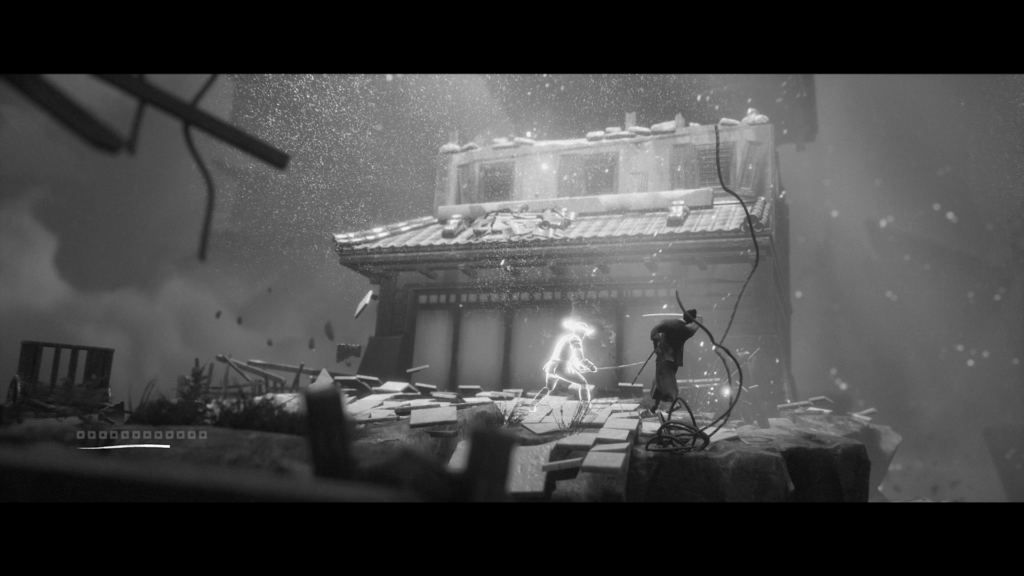
Sound design is equally detailed in Trek To Yomi, focusing on traditional Japanese music and adding incredibly realistic combat sounds, screaming, and suffering of all types. The soundscape for the game is entirely immersive, pulling you deeper into the story as you play as only a truly outstanding game can. Visuals and sound mesh perfectly too, and the subtitles accompanying the entirely Japanese script are well-written.

But is there anything wrong with Trek To Yomi, you might ask? Of course. Nothing is entirely perfect and Trek to Yomi is no exception. The first and most visible problem with Trek To Yomi is the placement of the aforementioned subtitles. For some reason, even though the game plays out in widescreen, subtitles were placed on top of the playable screen area. Since they’re white subtitles on a black and white background that’s always shifting, often the text is nearly entirely illegible, fading in pieces into the background of an image here or there. Naturally, shifting the subtitles to yellow would decimate the impact of a black and white game but there’s no reason that they couldn’t have been moved into the black bar below the widescreen aspect ratio of the game. Additionally, some of the combos are remarkably tricky to pull off. They seem to work intermittently and you might intend to use a particular combo where it would be most effective and end up both failing to block and being impaled simultaneously (impalement = bad). A little more combo precision or perhaps flexibility would have been nice here, especially in later levels where armored enemies swarm you and your resources are steadily petering away while you struggle to repel whole groups of more challenging opponents.
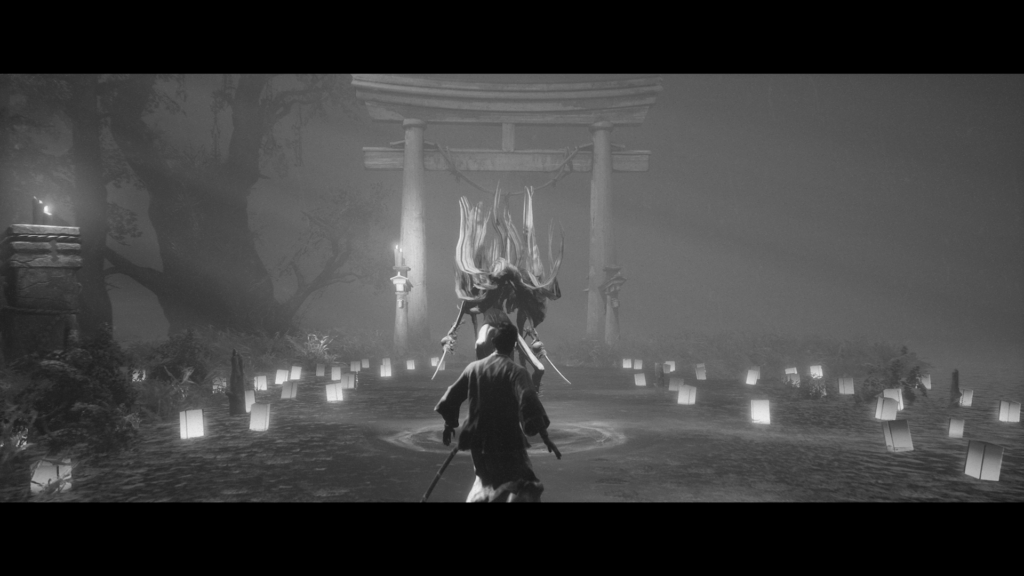
Those complaints are definitely minor though. Trek To Yomi is easily a pinnacle of what we can expect to see in indie gaming, a title that takes its concept, absorbs every detail possible and both educates and entertains, providing a nuanced and gorgeous game for players. While less patient players might struggle to find their way through Trek To Yomi, those of us with a bit more seasoning and some familiarity with Japanese culture are simply awed by the effort and artistry that went into the experience that Trek To Yomi. For $18, this is an absolute must-buy for anyone who has even the tiniest love for samurai stories, Japanese culture and history, and challenging combat-based games. There is no other way to say this: Trek To Yomi is what gaming should be!

This review was based on a digital copy of Trek To Yomi provided by the publisher. It was played on an Xbox Series X system using a 1080p 55” Sony TV. Trek To Yomi is also available on PS4, PS5, and PC on Steam.

